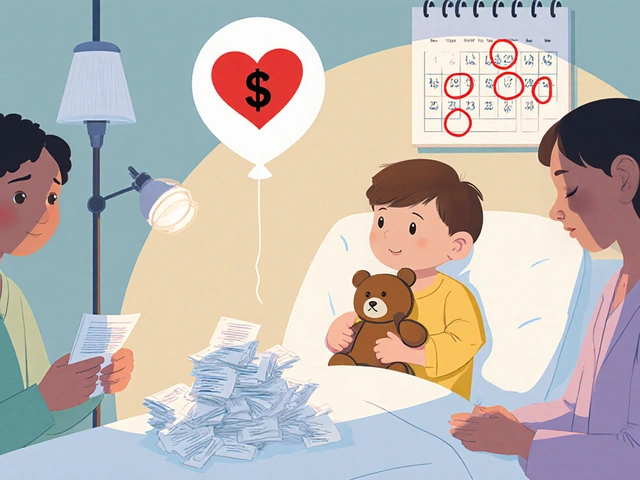Role of Insurance in Your Medication Costs and Access
Insurance often decides which medicines you can afford and how fast you get them. That matters whether you need a common pill like esomeprazole, a birth control like Levlen, or a specialty drug such as PCSK9 inhibitors for cholesterol. Understanding how coverage, formularies, and rules work can cut your bills and avoid delays.
How insurance shapes price and availability
Most plans use a formulary — a list of covered drugs grouped by tiers. Tier 1 is cheap (often generics), higher tiers cost more. If your doctor prescribes a brand-name drug or a non-preferred medicine, expect larger copays or coinsurance. For example, a PCSK9 inhibitor or some newer antidepressants often sit in high tiers and trigger prior authorization or big out-of-pocket costs.
Prior authorization and step therapy are common. Prior authorization means the insurer asks the doctor to justify the drug. Step therapy forces you to try cheaper options first — like trying simvastatin alternatives or ezetimibe before moving to pricier drugs. These rules slow things down, but they’re negotiable with the right paperwork from your clinician.
Practical tips to lower costs and speed up access
Check the formulary before you fill a prescription. Your plan’s website or customer service can tell you if a drug is covered, what tier it’s in, and if prior authorization is likely. If your prescription isn’t covered, ask your prescriber for a covered alternative — many articles here discuss safe alternatives for common drugs like simvastatin, escitalopram, or amoxil.
Ask about generics. Generic esomeprazole or generic antibiotics usually drop costs massively. If a brand-name drug is medically necessary, your doctor can write a letter of medical necessity to support a prior authorization.
Compare pharmacies. Sometimes your insurer’s copay at an in-network pharmacy is cheaper, but for some meds a cash price or a certified online pharmacy can be lower. Be careful with international sellers — most insurers won’t reimburse drugs bought abroad.
Use mail-order for chronic meds. Maintenance drugs like blood pressure meds or hormonal contraceptives often come cheaper and with a 90-day supply through mail-order plans.
Look for patient assistance programs and coupons. Drug makers and non-profits often run programs for expensive meds (common for specialty drugs). Also, manufacturer coupons can reduce copays for brand drugs, though coupons don’t work for every plan.
If a claim is denied, appeal it. Start with a call to your insurer, then file an official appeal with supporting medical records. Be persistent — appeals succeed more often than people expect when a doctor explains the medical need clearly.
Keep records: receipts, EOBs, and prior auth paperwork. That makes appeals faster and keeps your pharmacy history tidy if you switch plans.
Insurance rules can feel annoying, but they also offer levers to lower costs and get the right meds. Use the formulary, ask for generics, compare pharmacies, and don’t skip appeals — small steps can save a lot and keep your treatment on track.




